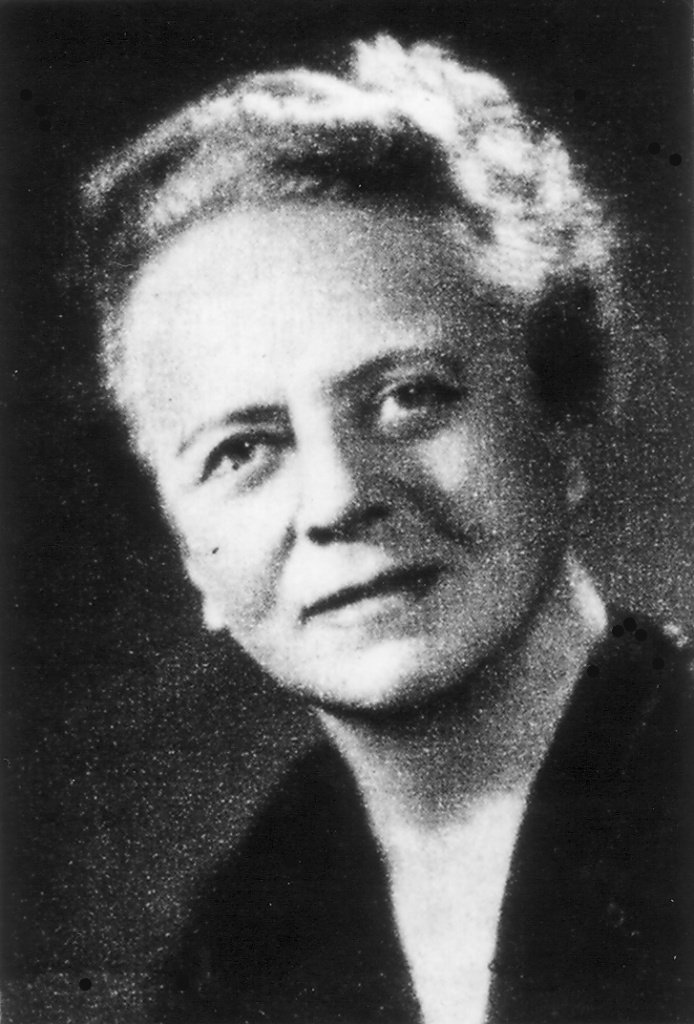Ida Noddack, née Tacke, was born in Wesel, Lackhausen in 1896. She earned her doctorate from the Technical University of Berlin in 1921, and became the first woman to hold a professional chemist’s position in the German chemical industry. She went to work at the Physico-Technical Research Agency in Berlin, where she worked alongside Otto Carl Berg and Walter Noddack, her future husband. There, in 1925, the team discovered element 75, Rhenium.
In 1934, Noddack published “On Element 93,” a paper which rebuked Enrico Fermi’s claim to have possibly produced transuranic elements. This paper is noteworthy in part because Noddack suggested that, “it is conceivable that the nucleus breaks up into several large fragments, which would of course be isotopes of known elements but would not be neighbors of the irradiated element.” Although the paper was generally ignored, it now serves as one of the earliest expressions of the idea of nuclear fission.
Noddack was three times nominated for a Nobel Prize — once by herself in 1933, and twice more with her husband in 1935 and 1937. She died on September 24, 1978 in Bad Neuenahr.





